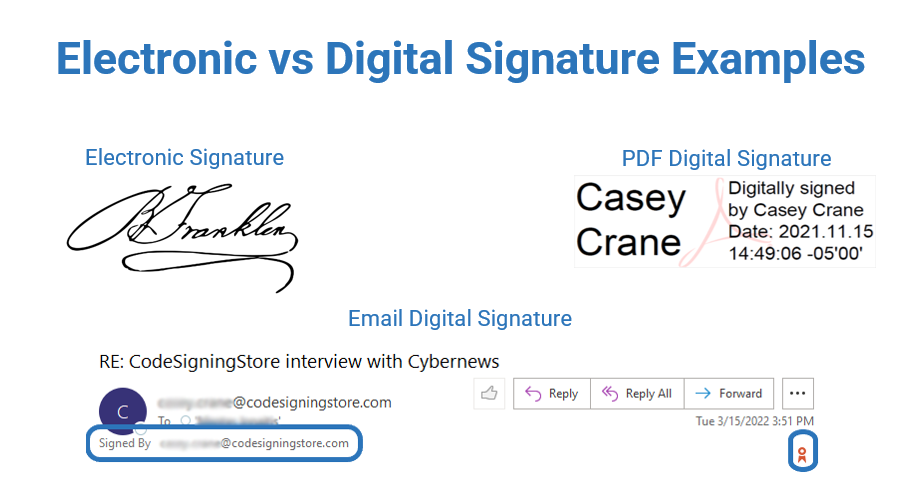In an age where data breaches and fraudulent activities are rampant, the importance of understanding digital signatures cannot be overstated. These electronic endorsements are anchored in cryptographic principles, designed to authenticate the identity of the signatory and ensure the integrity of the data being transmitted. Authenticating a digital signature efficiently requires a comprehensive grasp of underlying technologies, approaches, and practical implementation. Herein lies a structured examination of how to authenticate a digital signature like a pro, addressing the essential frameworks and methodologies involved.
To embark on this analytical journey, it is imperative to grasp the fundamental concept of a digital signature. Essentially, it functions as an electronic counterpart to traditional handwritten signatures or stamped seals, using cryptographic algorithms to create a unique identifier for the signer. Digital signatures employ asymmetric cryptography, utilizing a pair of keys: a private key, known only to the signer, and a public key, accessible to any recipient. The security derived from this dual-key mechanism underscores the intricacies of authenticating these signatures.
The initial step in the process of authenticating a digital signature is to ascertain the validity of the certificate that contains the public key. Digital signatures are typically implemented within the framework of Public Key Infrastructure (PKI). Each signer possesses a digital certificate issued by a trusted Certificate Authority (CA). This CA not only validates the identity of the signer but also ensures that their public key is legitimate. It thus becomes essential to check the status of the certificate, confirming its authenticity and whether it is still valid or has been revoked.
Once the trustworthiness of the digital certificate has been established, the next logical step involves verifying the signature itself. This process begins with the extraction of the public key from the certificate. Once in possession of the public key, the digital signature can be validated against the document in question. The original data, along with the signature, is fed into a hashing algorithm—typically involving SHA-256 or similar algorithms—but why hashing? This cryptographic function converts input data into a fixed-length string of digits, creating a unique representation of the data known as a hash value.
Upon computing the hash of the original data, it is compared to the decrypted hash obtained from the digital signature. The decryption process employs the public key associated with the signer. If both hash values match perfectly, it affirms that: a) the signature is genuine, and b) the data itself has not been altered during transmission. A mismatch, on the contrary, raises immediate flags, signaling either a potential tampering scenario or that the signature was indeed fabricated.
However, the journey does not end there, as deeper layers of scrutiny warrant attention. One common observation in digital signature authentication is the reliance on the integrity of the hash function. A theoretical or actual vulnerability in a hashing algorithm can lead to catastrophic ramifications. For example, if an attacker can generate two distinct inputs that produce the same hash output—an exploit known as a collision—the authenticity of the digital signature falls into jeopardy. Hence, employing robust and widely regarded hashing algorithms is paramount for maintaining the security of digital signatures.
Moreover, understanding the role of timestamping is equally essential in the authentication workflow. A digital signature devoid of a timestamp lacks a crucial aspect of verification. Timestamping affirms that the document was digitally signed at a specific moment, thus mitigating the risks associated with post facto alterations. Without it, the validity of a signature can be obscure, particularly if the signing key has expired or been compromised after the fact.
An additional layer of sophistication to consider is the implementation of advanced authentication mechanisms such as multi-factor authentication (MFA) during the signing process. By requiring multiple verification forms—involving something the signer knows (password), something the signer possesses (an authentication device), or something the signer is (biometric data)—the overall security of the digital signature is significantly enhanced. This multi-faceted approach addresses evolving cybersecurity threats, instilling greater confidence in the authenticity of the signatures.
As we delve deeper into the digital signatures’ authentication domain, the wider implications of legal frameworks such as the Electronic Signatures in Global and National Commerce (ESIGN) Act and the Uniform Electronic Transactions Act (UETA) become increasingly relevant. These legal structures provide critical guidance on the enforceability of electronic signatures and delineate clear standards that must be met. Understanding these regulations not only enhances one’s capability in authenticating signatures but also safeguards against potential legal repercussions stemming from improper implementation.
In summary, authentically securing a digital signature involves a complex interplay of cryptographic techniques, regulatory compliance, and vigilant scrutiny of systems and protocols. One must engage fully with the multifarious aspects of a digital signature to execute effective authentication like a seasoned pro. The continuous evolution of technology invites professionals to remain vigilant and adaptive, as the landscape of digital signature technology and authentication practices evolves. By internalizing the broader implications and nuances, practitioners can ensure that they are not merely participants in the digital ecosystem but proactive guardians of its integrity and trustworthiness.









Leave a Comment